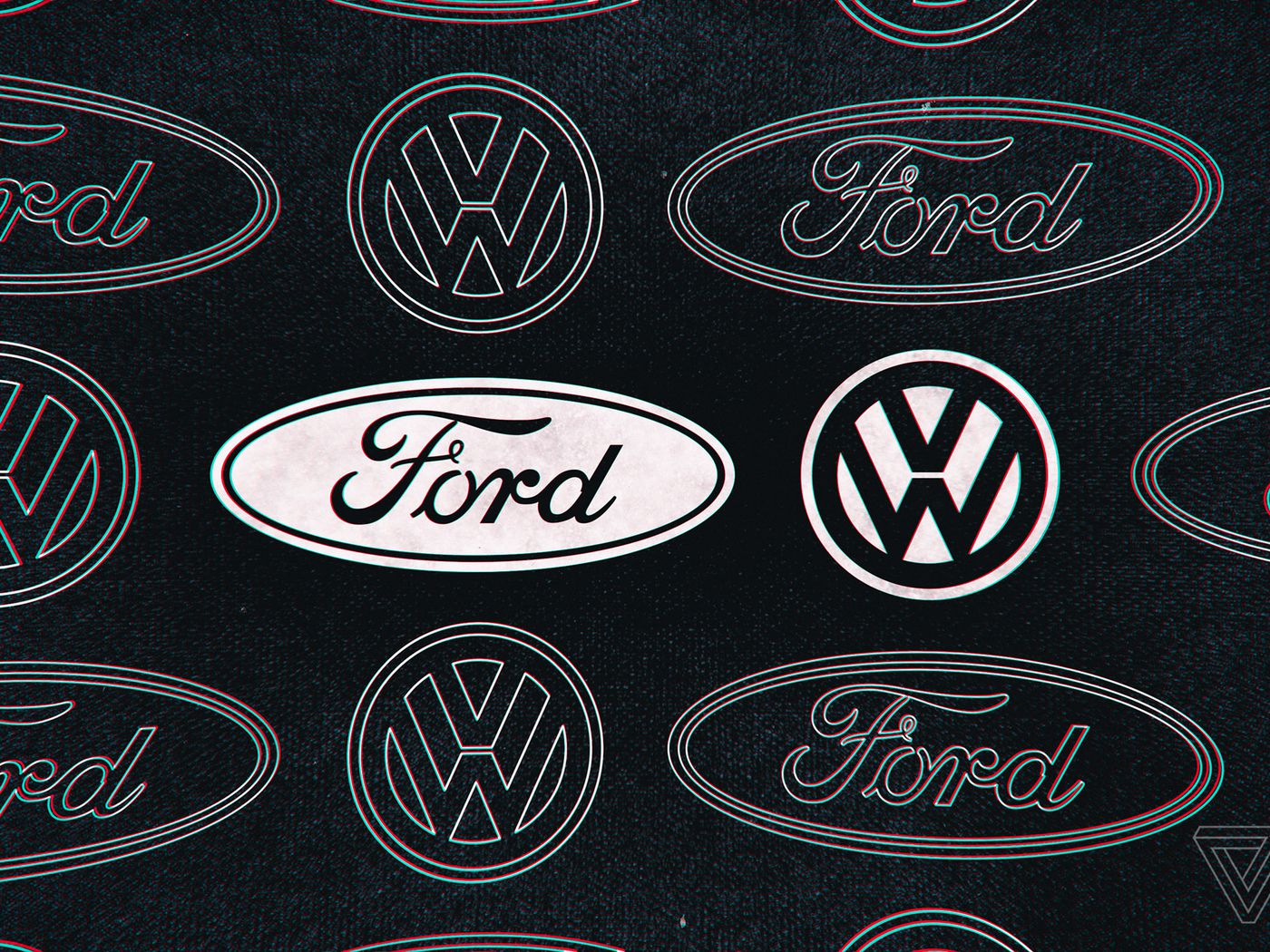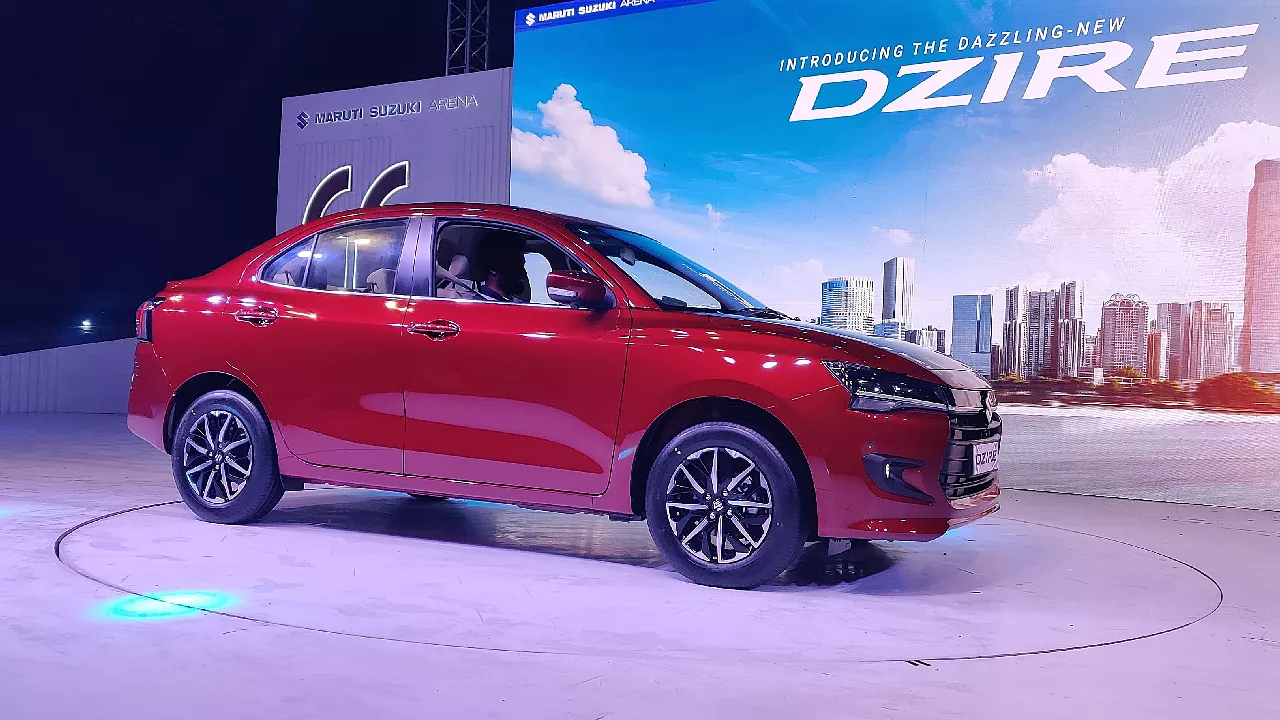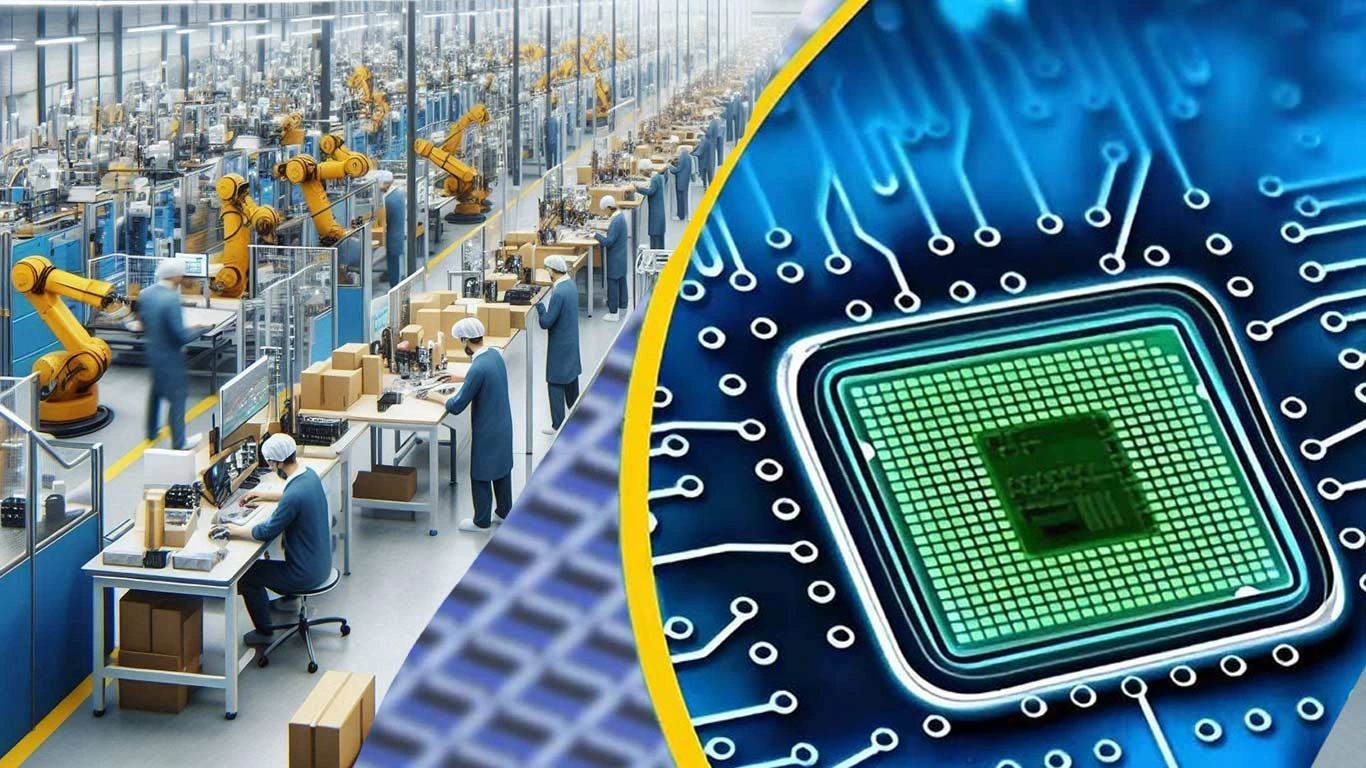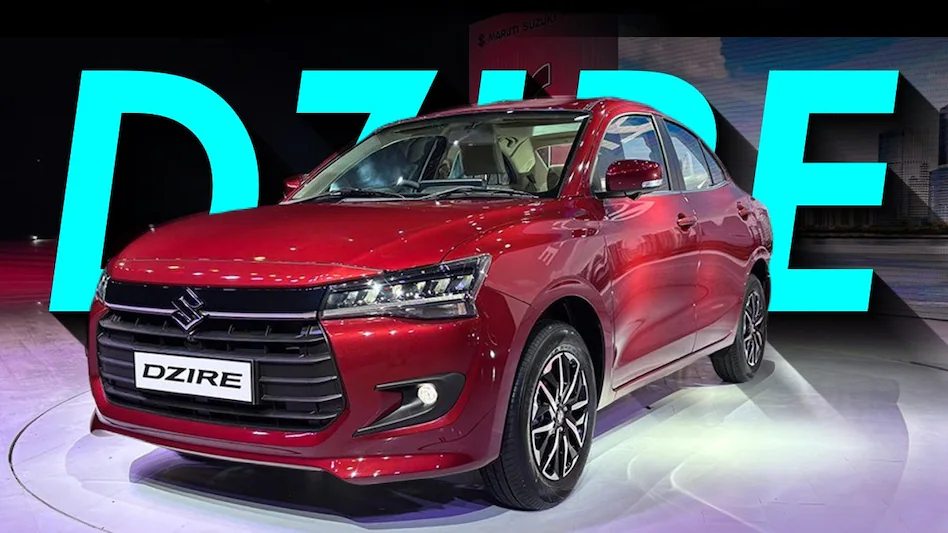

The future of the Indian Commercial Vehicle industry
Nov 24, 2018
In a growing market, the future of any product, market or service is always bright. That is until the interruption does not alter the status quo. As the fastest growing large economy in the world, India offers immense opportunities for growth. Given that the country continues to implement deep structural reforms, including the introduction of the Goods and Services Tax (GST) in the recent past, the general consensus indicates that the country will continue to grow at high single digits during the next 15 to 20 years . Additional reforms are expected to accelerate double-digit growth. At current levels of growth, it is likely that India will grow into a five trillion dollar economy by 2025 and contribute around five percent of world GDP. In the context of reverse globalization trends, it is expected that India, with a predominantly domestic economy and labor arbitrage, will support manufacturing for both domestic markets and exports. To play the role of an engine for global manufacturing, India, with a rising economy, will provide a good growth opportunity for the commercial vehicle industry taking into account the key indicators. Opportunities will come with challenges. The key question would be the scale of benefit that the growing economy will present to the Commercial Vehicle industry. It is also necessary to consider the impact of various forces such as technology, the market, regulations, competition and the client. It is they who would be largely instrumental in shaping the future of the industry.rnrnOne million frames in sight.rnrnWitnessing a sustained growth in the last three years, the Commercial Vehicle market performed well in fiscal year 2018. In the fiscal year 2017-2018, the Commercial Vehicle industry recorded a growth of 20 percent. The total volume of the industry rose to the levels seen in FY2011-12. In the first five months of the current fiscal year, the Commercial Vehicle market experienced a dizzying growth of more than 40 percent compared to last year. The market will surely cross a million units for the first time. Accumulated demand due to uncertainties regarding the implementation of GST is relaxing. It is leading to unexpected sales gains for Commercial Vehicle manufacturers. With GST firmly in place, the manufacturing industry is now clear about the changes it would like to make in its supply chain. The reorganization and consolidation of warehouses are happening in a big way.rnrnThe reorganization of the supply chain seems to be ready in the next one or two years. This is already influencing a change in the Commercial Vehicle demand configuration. The demand for higher GVW CVs is increasing. In anticipation of GST, carriers have been preparing for changes in supply chains, and this is reflected in the composition of sales; in the changing dynamics of the segments of more than 26 tons in the M and HCV space. In segments above 26 tons, the tractor and trailer segment grew 27 percent in FY2017-18 compared to the nine percent growth in FY2013-14. The growth of the tractor-trailer segment in FY2017-18 marked a triple increase in four years. As the consolidation of demand continues in the main consumption centers, it is expected that the trend of higher tonnage vehicles that increase in the proportion of businesses in terms of LCV and ICV will accelerate. Trends are emerging that indicate the movement of markets towards a higher and lower final tonnage in each segment.rnrnThese trends and the growth they are generating should make Commercial Vehicle manufacturers happy. It translates into important opportunities for them. However, there are also challenges. In recent months, the Commercial Vehicle industry has seen some Commercial Vehicle manufacturers go on the market. It is said that the manufacturer of homegrown trucks AMW did not report sales. It is claimed that Foton and MAN have left the Commercial Vehicle space of India. It is said that MAN decided to focus on engineering and development in India instead of selling Commercial Vehicle. In the bus space, Scania is changing its business model by subcontracting the construction of bus bodies. It is said that JBM suffers from poor demand. The entry of Suzuki into the SCV space and its success in achieving volumes clearly shows that customers are very sensitive to prices. An exception is Daimler in trucks and Volvo in buses. They are the only two global OEMs that have managed to find space in the Indian market against well entrenched and local players such as Tata, Mahindra and Ashok Leyland.rnrnDespite being detrimental, technology seems to be the only way forward for CV original equipment manufacturers, as the regulations make their effect felt. The regulatory actions of the government, as well as the judicial power, are influencing the strategies of the creators of CV. While it seems that regulations will have a profound short-term impact on the market, the risk associated with regulatory issues includes changes in policies and the increase in time to implement them. The industry is currently working to comply with key regulatory actions that include and are not limited to the implementation of the BSVI emission standards for 2020. The impulse for electric vehicles in public transport (especially urban connectivity solutions), change in the axle load standards and scrapping Old CVs are equivalent to some other regulations.rnrnIn an effort to comply with the BSVI emission standards, CV OEMs are updating the engines and the management of the admission and release of their CVs. A visible impact of this change will be in the prices of the products. It is expected that they will rise significantly from current vehicles that comply with BSIV. Considering the upgrade costs, OEMs are also considering removing certain products from existing segments. It is likely that some CV manufacturers will remove SCVs of a ton since the cost of the engine upgrade would be significant. It is claimed that CV manufacturers are increasingly looking for gasoline engines or electric propulsion systems. These, they feel, will make better and viable options. It is likely that many models with positioning and overlapping platforms will be affected due to the change in emission standards. OEMs will not find it competitive to upgrade a wide range of engine platforms. This will lead to the rationalization of the product with many variants or models that will be withdrawn from the market. The impact may vary for different original equipment manufacturers. What will probably be common is the loss of portfolio in the market.rnrnThe BSVI emission standards will change the game for the industry. They will raise the curricula of India to the level of those carried out in Europe and other advanced markets. The cost of this change is likely to affect the purchasing power of consumers. It is also likely to have an impact on the creation of demand. To take advantage of the lower prices, the advance purchase is expected before the BSVI emission standards are implemented in 2020. The 2021 financial year could see a drop in demand as the market will have to absorb the additional capacity. Poor growth in the industry could last from six to eight quarters, estimating the current assumptions about the technology implemented and its cost. The axle load regulations will be another regulatory change that will profoundly impact the industry. On land, this change is likely to convert existing overloaded segments to the nominal load. They will have the additional strength of the shaft to support the load requirements.rnrnA big change will be influenced by the scrapping policy. The industry has been asking the government to quickly introduce this policy to eliminate highly polluting vehicles from the road and to comply with the BSI, BSII and BSIII emission standards. It will be important for the industry that this policy be implemented completely closer to the change to the BSVI emission standards. Doing so will cushion the impact of demand. The general direction and the push of the regulations is to encourage the use of clean vehicles with low or no emissions. This theme will be developed during the next eight to ten years. It will turn out to be the main trend that shapes the future of the industry.rnrnIt would be competition in sight.rnrnThe first phase of the dedicated freight rail corridor (DFC) of the Indian railways will probably be operational by the end of 2018. The entire project is expected to be completed by 2020. Two lines are expected: the west and east corridors will accelerate the movement of goods from the interior of India to the ports of the JNPT in the west and key markets for the transport of coal in the east. With the start of the DFC, the dependence on road transport is likely to be affected. Particularly in the western corridor, which deals with trade and competes for other charges from the manufacturing centers in NCR, Punjab and Haryana.rnrnWhile developments like these arise, the road infrastructure in the country is witnessing improvements. It is facilitating the faster movement of goods and people. If the impact of DFC on the trucking industry will be evident when the project is fully commissioned, those CVs will be more impacted that are currently driving the growth of the CV industry and are creating segmental changes. CV manufacturers should monitor the impact of DFC on truck volumes. They will also have to monitor the rapid changes of customers in context to the choice of railroad on the road. This will be of particular importance in the context of high diesel prices.









